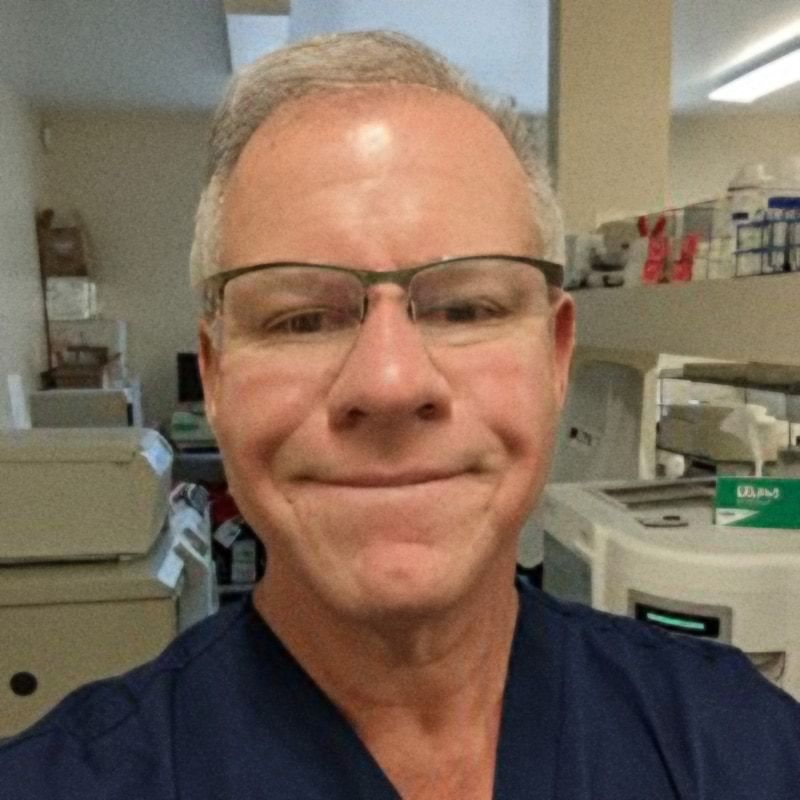Knee Arthritis Medicine?
Can the concept of knee arthritis narcotics be a good idea in anyone’s book? There has been a very disturbing trend in pain management these last few years, with more and more long acting narcotics coming on the market to treat pain. The companies making these medications have convinced some physicians that these long-acting narcotics are much less addicting than their short acting cousins, but regrettably this isn’t really the case. In our experience, once a patient starts down this path, it’s very difficult to get them off these medications. While these medicines can be life savers for patients with cancer pain or untreatable severe pain, for conditions that can be treated in other ways (like knee arthritis), they are a very poor choice. From a business standpoint, the problem with cancer pain and untreatable non-cancer pain is that these are relatively small markets, so the drug manufacturers have their sights set on bigger and more lucrative markets. Enter knee osteoarthritis, which affects many more patients. I have blogged on addictive narcotics being used to treat knee arthritis and now there’s more “research” being published that this is a “good idea” (usually by consultants for the drug companies manufacturing these addictive drugs). This recent paper treated knee arthritis patients with high dose narcotics (extended release oxycodone like Oxycontin) happened to be published by the manufacturer of the medication. In particular, most patients were titrated to 40 mg of oxycodone a day, a dose equivalent to 8 Percocet tablets a day! While these high doses of narcotics seemed to work, one has to ask the question, with many options for these patients such as traditional knee replacement (we’re not big fans of the procedure for many patients, but it does beat being addicted to narcotics), hyaluronic acid injections, prolotherapy, platelet rich plasma, and our favorite – stem cells, why would a doctor want to get a patient addicted to high dose narcotics? Your guess is as good as mine!
Learn More About The Regenexx® Approach
Request a digital booklet and more information to learn about alternatives to orthopedic surgery and the Regenexx provider patient experience.
We do not sell, or share your information to third party vendors. By submitting the form you agree that you've read and consent to our Privacy Policy.

Chris Centeno, MD is a specialist in regenerative medicine and the new field of Interventional Orthopedics. Centeno pioneered orthopedic stem cell procedures in 2005 and is responsible for a large amount of the published research on stem cell use for orthopedic applications. View Profile
If you have questions or comments about this blog post, please email us at [email protected]
NOTE: This blog post provides general information to help the reader better understand regenerative medicine, musculoskeletal health, and related subjects. All content provided in this blog, website, or any linked materials, including text, graphics, images, patient profiles, outcomes, and information, are not intended and should not be considered or used as a substitute for medical advice, diagnosis, or treatment. Please always consult with a professional and certified healthcare provider to discuss if a treatment is right for you.

